
China’s Quest for Food Security: Balancing Import Dependency and Domestic Production
Unveiling China’s Food Security Challenges and Strategies: Import Dependency vs. Domestic Production.
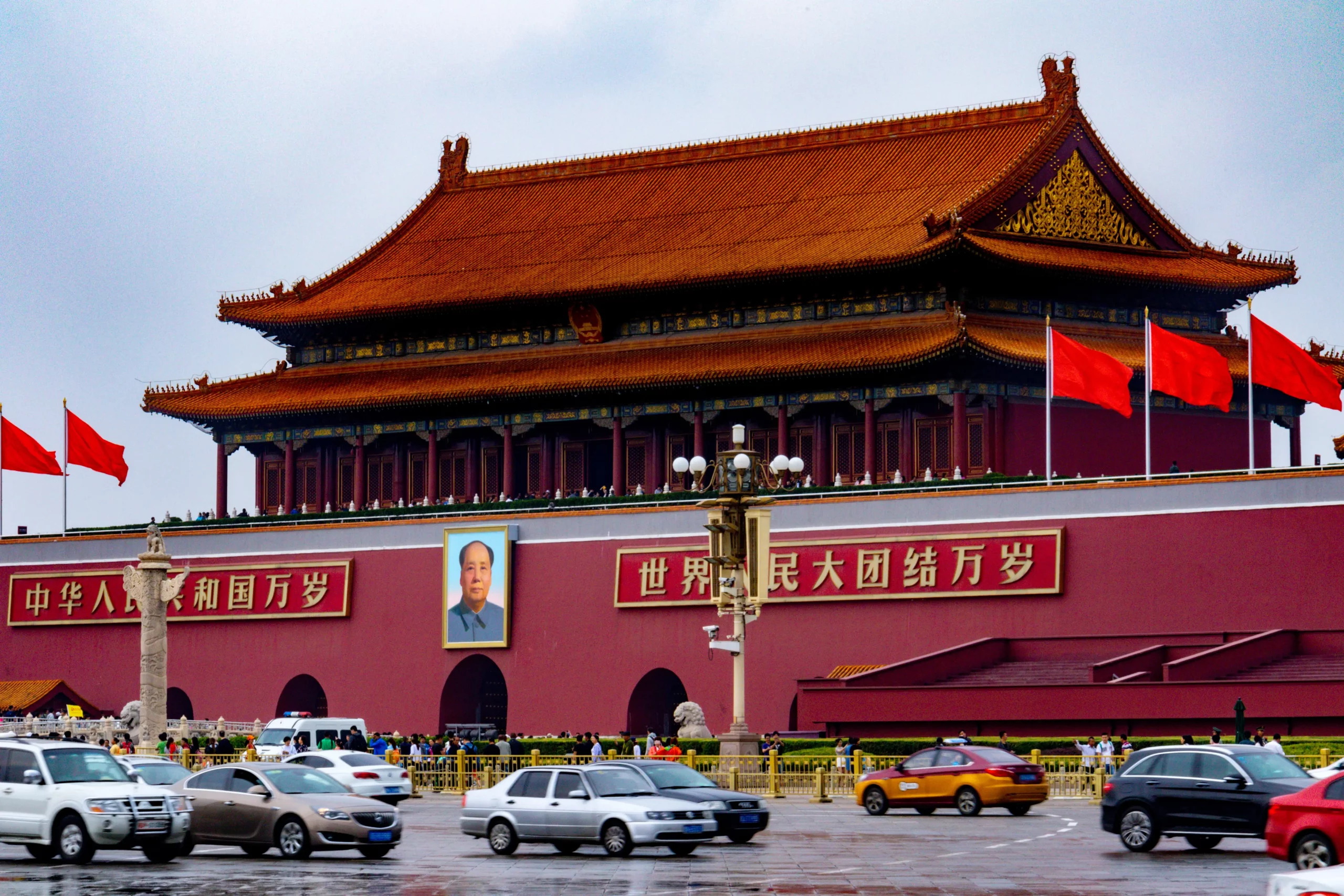
In 2024, the dynamics of China-Europe relations present a compelling narrative of diplomacy, economic intrigue, and geopolitical maneuvering. This intricate relationship, characterized by its multifaceted layers of cooperation, competition, and rivalry, poses the question: Are we at a pivotal crossroads?
China-Europe relations have undeniably reached a nuanced phase. The European Union (EU) finds itself navigating a delicate balance, perceiving China simultaneously as a partner for cooperation, an economic competitor, and a systemic rival. This multifaceted view underscores the complexities inherent in their interactions.
On one hand, cooperation continues in areas such as climate change and economic development. On the other hand, challenges mount, particularly concerning China’s growing assertiveness on the global stage. The EU’s stance reflects a blend of engagement and caution, aiming to uphold its interests while engaging with China on common grounds.
Trade between the EU and China is significant, marking China as the EU’s largest trading partner. Yet, this relationship is not without its challenges. The EU’s trade deficit with China prompts measures for economic security and fair competition. The pending Comprehensive Agreement on Investment (CAI) aims to strengthen economic ties and address issues like forced labor and intellectual property rights.
Politically, the EU has voiced concerns over China’s stance on various global issues, notably Russia’s war on Ukraine. Such positions have led to a perceptual shift within the EU, increasingly viewing China through the lens of competition and systemic rivalry. This evolving stance is further exemplified by the EU’s actions, such as launching anti-subsidy investigations into Chinese electric vehicles.
The relationship between China and the EU has undergone significant evolution. From establishing a strategic partnership in 2003 aimed at enhancing cooperation, to referring to China as a “systemic rival” in 2019, the journey reflects a complex narrative of shifting priorities and emerging challenges.
The CAI stands as a pivotal moment in China-Europe relations. Agreed upon in principle, it aims to provide EU investors with greater access to the Chinese market. However, its ratification faces hurdles, highlighting the intricate balance of economic interests and political concerns.
Trade relations between China and the European Union (EU) epitomize the intertwined nature of global economics and diplomacy. As of 2024, the narrative of these trade dynamics offers insights into broader geopolitical strategies and domestic priorities on both sides.
The volume of trade between the EU and China is not just a number; it’s a reflection of deep economic interdependencies and strategic interests. Here are key aspects of this trade relationship:
China as the EU’s Largest Trading Partner: The significance of this status cannot be overstated, highlighting the depth of economic ties.
Trade Deficit Concerns: The growing trade deficit with China is a source of concern for the EU, emphasizing the need for a more balanced trade relationship.
Trade Surplus in Services: Interestingly, the EU maintains a trade surplus in services with China, showcasing the diverse nature of their economic interactions.
In response to these dynamics, the EU has implemented several measures to safeguard its economic security and ensure fair competition:
Foreign investment screening mechanism
Foreign subsidies regulation
Anti-coercion instrument
| Metric | Value |
| EU’s Export Partner Rank | 3rd |
| EU’s Import Partner Rank | 1st |
| Trade Deficit Increase Since 2018 | Substantial |
| EU’s Trade Surplus in Services | Yes |
The political landscape between China and the EU is marked by cautious navigation through a sea of strategic interests and ideological differences.
The EU has expressed explicit concerns regarding China’s position on sensitive global matters, such as:
Russia’s war on Ukraine
Economic coercion and boycotts of European goods
Export controls on critical raw materials
These issues have catalyzed a shift in the EU’s perception of China, from a partner to a nuanced competitor and rival.
The Comprehensive Agreement on Investment (CAI) symbolizes a critical juncture in China-EU relations, aiming to provide a balanced field for investors and address contentious issues such as:
Forced labor
Intellectual property rights
Fair treatment for EU companies
Despite its potential, the CAI’s ratification is stalled, reflecting the complex dance between economic aspirations and political realities.
Comprehensive Agreement on Investment (CAI)
Foreign Investment Screening Mechanism
Anti-Subsidy Investigations into Electric Vehicles
As we delve deeper into the nuanced landscape of China-EU relations in 2024, it becomes apparent that the path forward is fraught with challenges and opportunities alike. Navigating this complex relationship will require a blend of strategic diplomacy, economic acumen, and a keen understanding of the broader geopolitical context.
As China and the European Union (EU) stand at what many perceive as a crossroads in 2024, the future trajectory of their relations remains a subject of intense speculation and strategic planning.
Despite existing challenges, there are significant areas where cooperation could not only continue but also deepen, offering mutual benefits for both China and the EU. These include:
Digital Economy: With the digital revolution continuing to transform societies and economies, collaboration in this area could lead to innovative advancements and standards.
Green Development: As both the EU and China have committed to ambitious climate goals, joint efforts in renewable energy, carbon trading, and sustainable development projects present substantial opportunities.
Artificial Intelligence (AI) and Connectivity: Working together on AI development and connectivity infrastructure could set global standards and foster economic growth.
For the partnership to evolve positively, addressing the underlying challenges is imperative. This includes:
Ensuring Fair Trade: Addressing the trade deficit and ensuring that trade practices are fair and reciprocal is crucial for a balanced economic relationship.
Navigating Political Differences: Constructively managing political disagreements, especially concerning global governance and human rights, will be essential.
Investment Agreement Implementation: Finding a path forward for the CAI, focusing on resolving issues related to labor rights and investment protection.
Maintaining open and strategic dialogue will be key to overcoming obstacles and building a robust partnership. High-level exchanges can provide the momentum needed for further cooperation, addressing mutual concerns, and exploring new areas of collaboration.
In conclusion, while China-Europe relations in 2024 indeed find themselves at a complex crossroads, this juncture is more about navigating the future with careful diplomacy and strategic foresight rather than standing at an impasse. The relationship’s multifaceted nature – encompassing cooperation, competition, and rivalry – necessitates a nuanced approach that considers both the opportunities and challenges ahead.
The EU and China must navigate their economic interdependencies with a strategic balance of competition and cooperation.
Addressing political tensions and economic challenges head-on will be critical for a sustainable partnership.
Future prospects hinge on enhanced cooperation in areas such as digital economy, green development, and AI, coupled with strategic dialogue to address mutual concerns.
As we look toward the future, it’s clear that the path for China-Europe relations is not predestined but will be shaped by the actions, policies, and diplomacy of today. By embracing open communication, seeking common ground on contentious issues, and exploring new avenues for cooperation, both China and the EU can pave the way for a relationship that contributes to global peace, prosperity, and stability.

Unveiling China’s Food Security Challenges and Strategies: Import Dependency vs. Domestic Production.
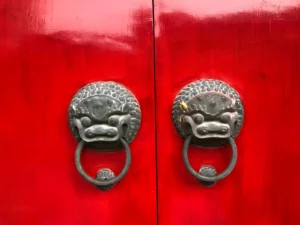
China and Russia: Debunking the Myth of a Powerful Alliance

Asia’s rise and integration into globalization have been driven by various factors, including its active participation in global trade and investment, the role of the state in economic life, and a rapidly changing productive system.

Delve into the construction of Asian territories, revealing how history, diversity, and modern challenges shape Asia’s evolving landscape.
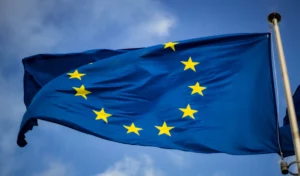
The European Union is a leading global economy with a GDP of $16.4 trillion and strong trade and investment. It values human rights, democracy, EU’s economic and political impact.

The European Union must balance its interests with those of China as the rising power’s influence grows. Explore challenges and opportunities presented by China’s rise for Europe.
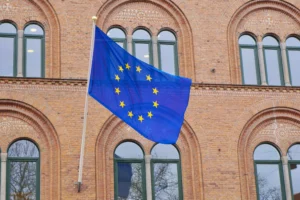
Explore the role of European diplomacy in shaping global governance and the challenges and opportunities it presents for Europe.

Unveil the impact of European Standards and Values in 2024, driving progress and unity across the continent through shared principles of democracy and equality.
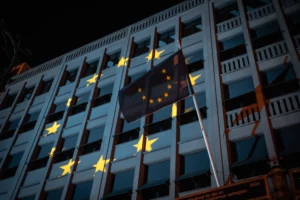
Explore the pivotal role of European Economic and Civil Power in shaping global affairs and policies in 2024, unveiling its impact on trade, human rights, and sustainability.
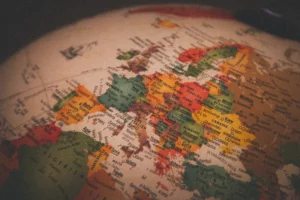
Delving into the dynamics of European nations’ power, this article offers a deep dive into their strategic responses to globalization, energy security, and evolving geopolitical landscapes.